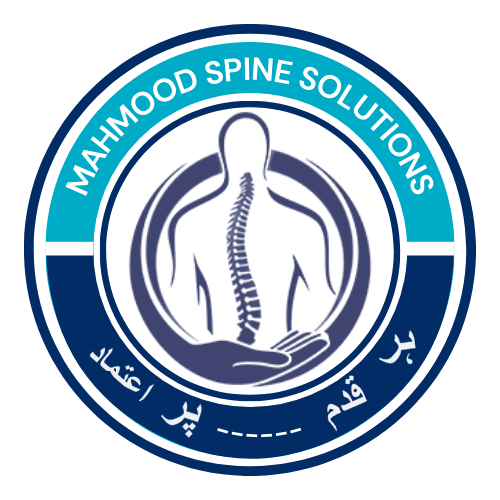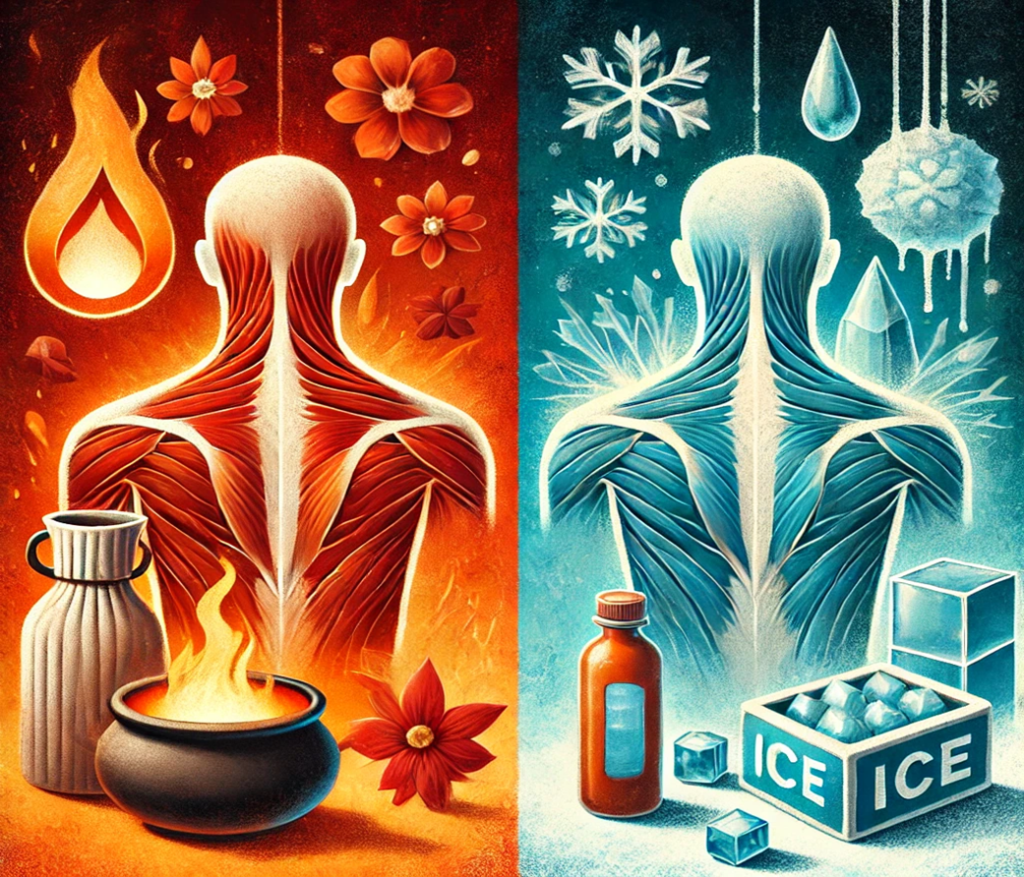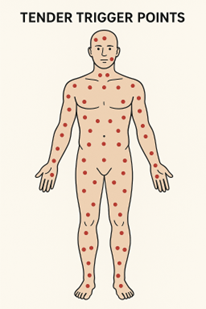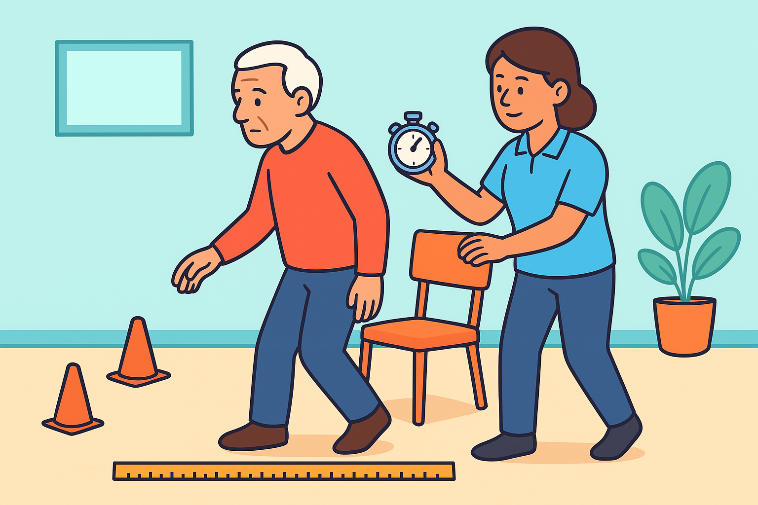How Heat Therapy Works:
Enhances Circulation: Heat expands blood vessels (vasodilation), increasing the flow of oxygen and e affected muscles. This helps relax the muscle fibers and alleviate stiffness.
Improves Tissue Flexibility: The warmth reduces muscle stiffness by making connective tissues more elastic, which can ease tightness and tension.
Calms Nerve Activity: Heat reduces the activity of certain nerve fibers involved in muscle contraction, decreasing spasms.
When to Use Heat Therapy:
Chronic Muscle Spasms: Heat is highly effective for long-term conditions, such as tension caused by repetitive use or poor posture.
Stress-Induced Tightness: Heat relaxes muscles affected by emotional or physical stress.
Pre-Activity Warm-Up: It helps prepare muscles for activity, reducing the likelihood of spasms during exercise or physical exertion.
Heat Application Techniques:
- Warm baths or hydrotherapy
- Heating pads or hot packs
- Heat wraps designed for specific body areas
Precautions:
- Avoid using heat on fresh injuries or inflammation, as it can increase swelling.
- Do not apply heat to areas with reduced sensation to prevent burns.
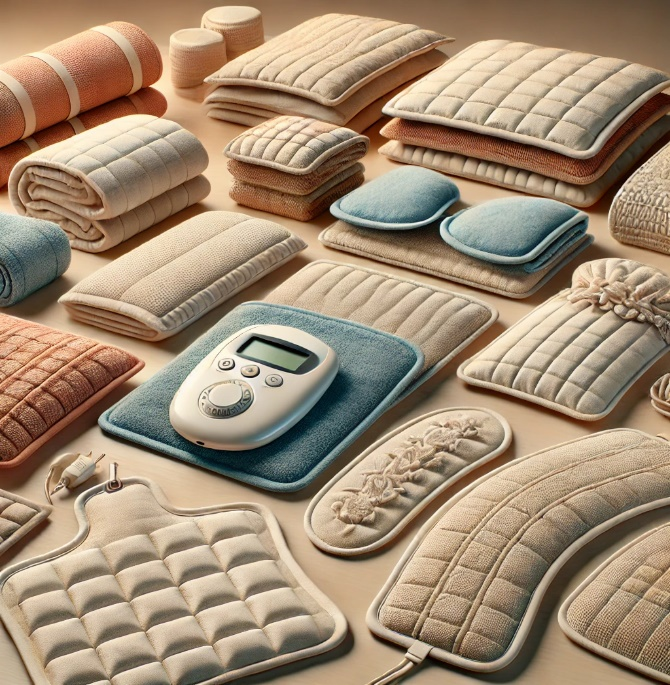
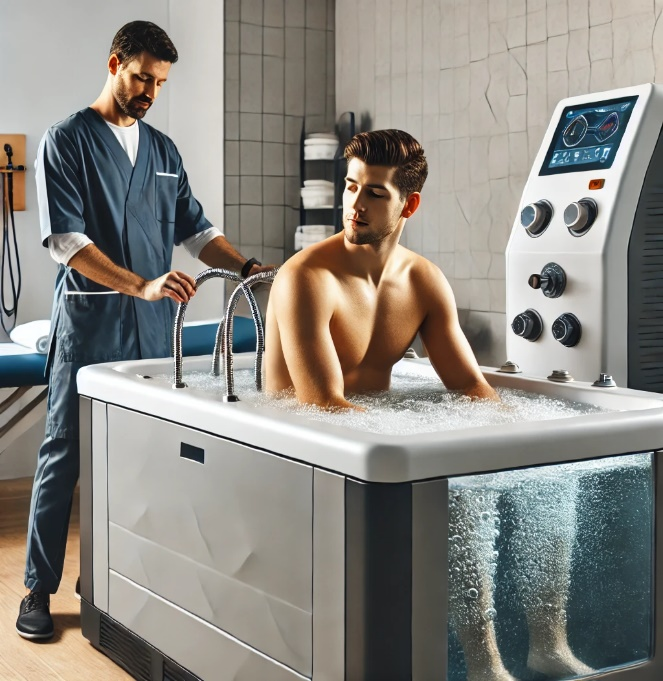
How Cold Therapy Works:
Reduces Swelling: Cold therapy constricts blood vessels (vasoconstriction), which limits fluid buildup and decreases inflammation.
Numbs Pain: Cold slows the transmission of pain signals, offering relief by dulling the affected area.
Lowers Muscle Activity: The cold decreases muscle spindle activity, which helps reduce the reflexive contraction of muscles that leads to spasms.
When to Use Cold Therapy:
Acute Muscle Injuries: Cold is ideal within the first 24–48 hours of a strain or spasm, especially when there is visible swelling or tenderness.
Post-Exercise Recovery: It helps reduce muscle soreness and inflammation after intense activity.
Cold Application Techniques:
- Ice packs or gel packs
- Cold compresses
- Immersion in ice baths or cryotherapy
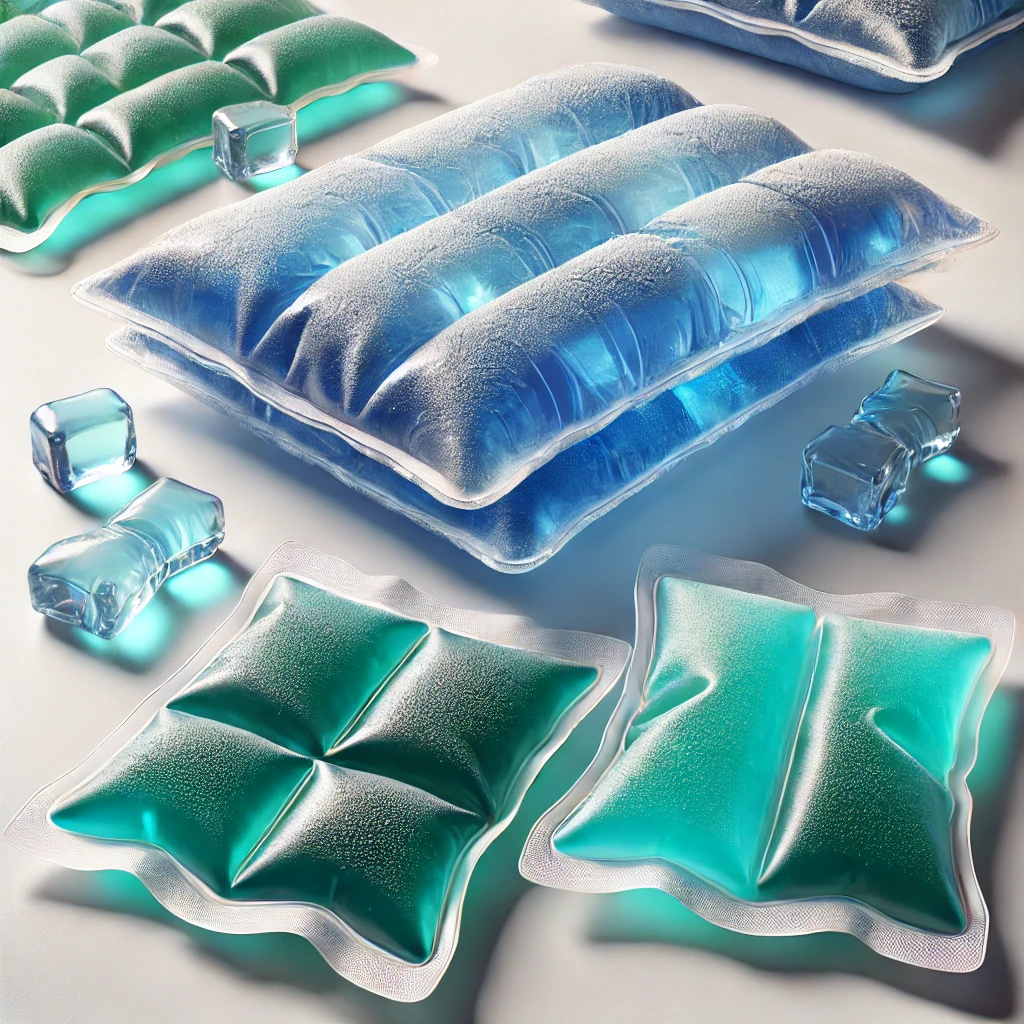
Precautions:
- Avoid applying ice directly to the skin to prevent frostbite.
- Limit each application to 10–15 minutes, and allow intervals before reapplying.
Key Differences Between Heat and Cold Therapy

Clinical Recommendations
Acute Muscle Spasms: Cold therapy is the better choice for immediate relief and inflammation control.
Chronic Conditions: Heat therapy is more effective in addressing long-term stiffness or recurring spasms.
Combination Approach: Alternating heat and cold therapy, known as contrast therapy, can be used in some cases to maximize recovery. For example, use cold therapy initially to reduce swelling, followed by heat therapy to relax the muscles.
Best Practices for Safe Use
- Ensure a protective barrier (cloth or towel) is placed between the heat or cold source and the skin.
- Avoid overuse to prevent adverse effects like burns or frostbite.
- Seek guidance from a healthcare provider for severe or persistent muscle spasms, especially if they are associated with other symptoms like weakness or numbness.
- By tailoring the choice of therapy to the specific situation, you can maximize the benefits and minimize discomfort from muscle spasms.
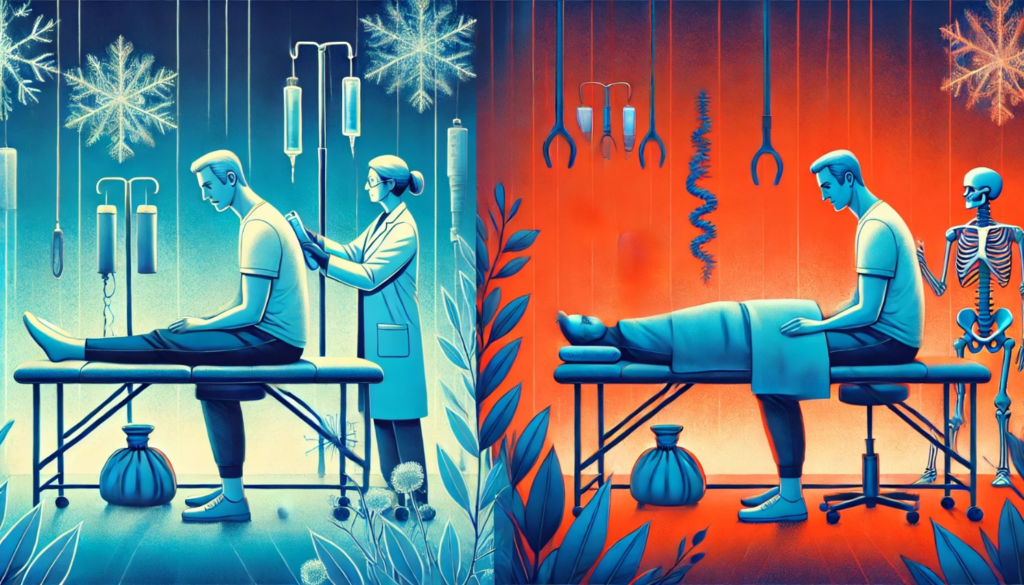
About Authors
Dr. Muhammad Mahmood Ahmad is a Spinal as well as an Orthopedic Surgeon with over 14 years of experience currently practicing at Razia Saeed Hospital, Multan.
